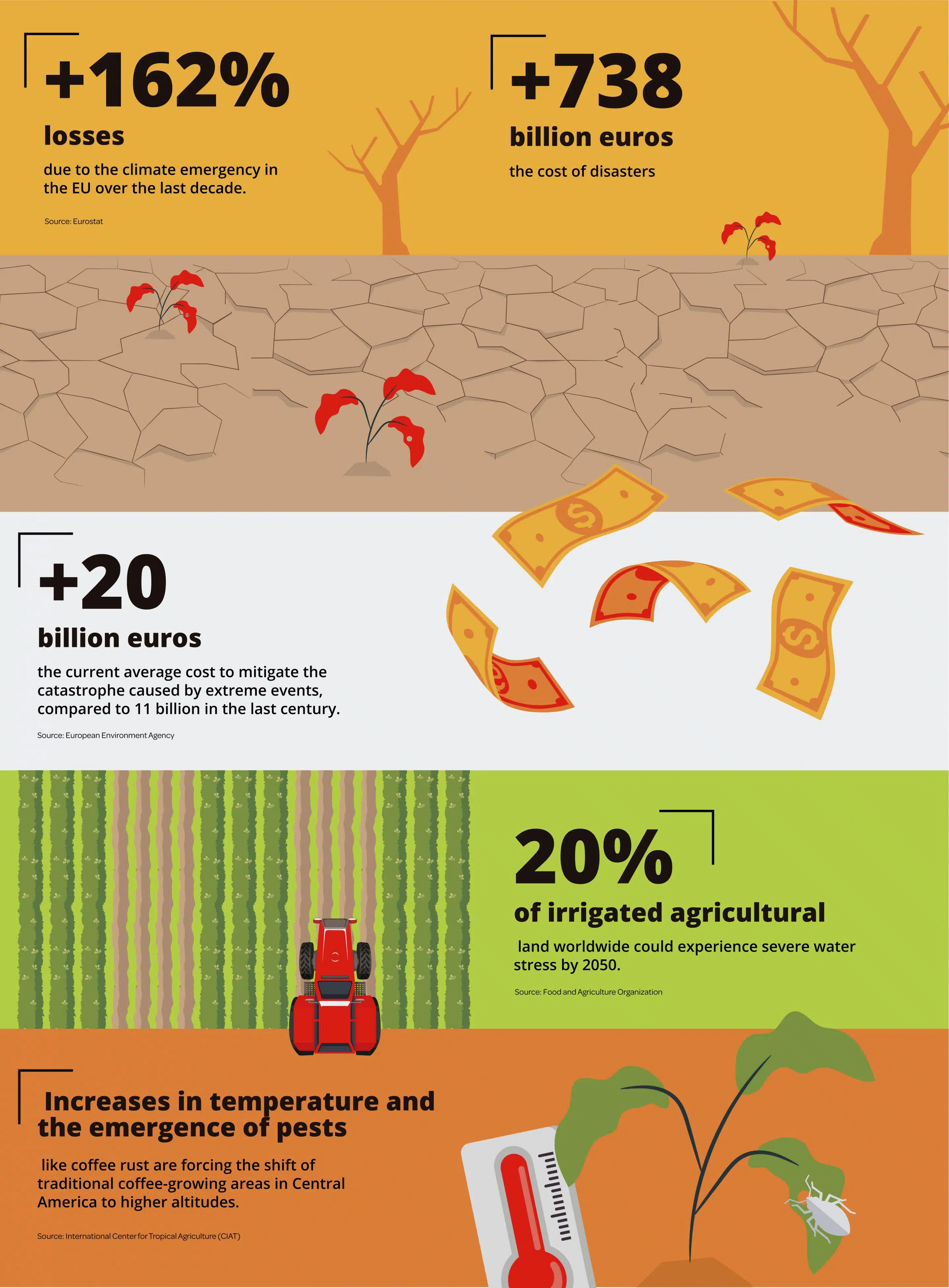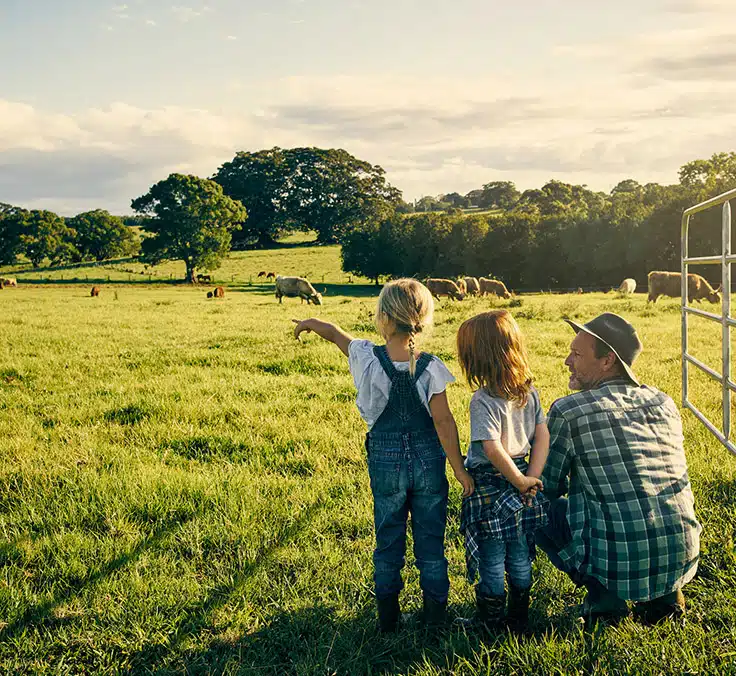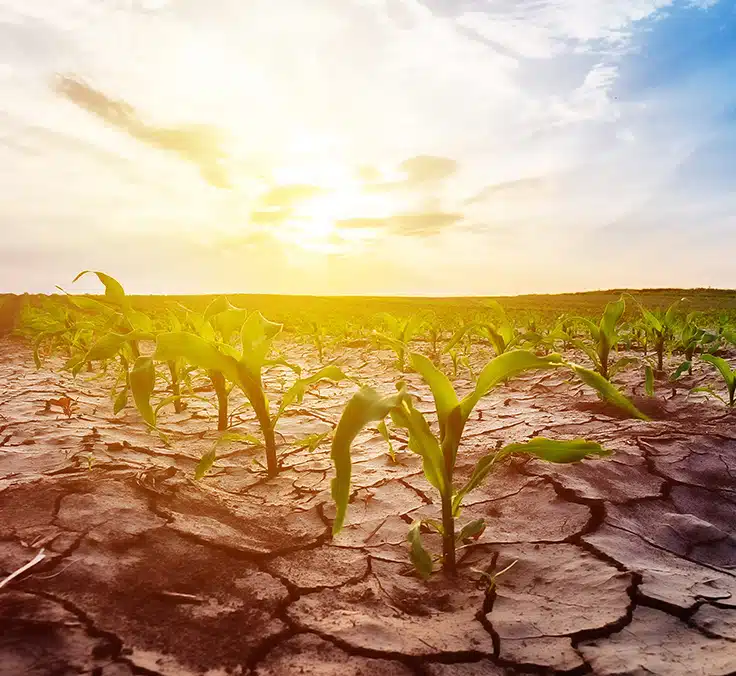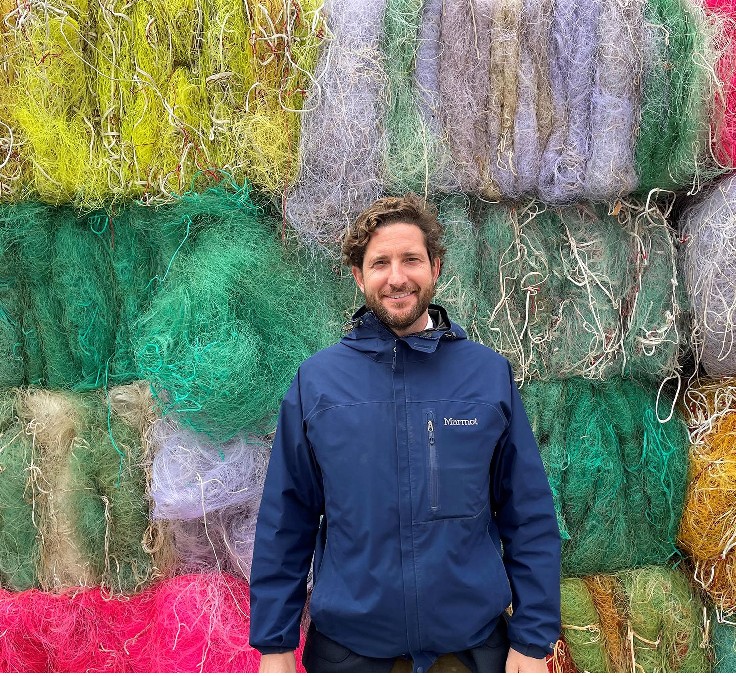SUSTAINABILITY | 08.27.2025
Unexpected events in the countryside: what can be done?
The consequences of climate change are increasingly felt in rural areas. With over 150 unprecedented extreme weather events recorded globally, small and medium-sized farmers and livestock producers face challenges that are becoming ever harder to anticipate.
Out-of-season storms, prolonged heatwaves, extended droughts, sudden floods. The climate seems to have lost its usual rhythm, and the impacts are felt most strongly by those who depend on the land for their livelihood. According to the report Counting the Cost 2024 by Christian Aid, 151 unprecedented extreme weather events were recorded worldwide in just the first quarter of 2024. These events not only caused thousands of forced displacements, but also led to billions in economic losses and left behind a trail of long-lasting vulnerability.
Climate change is one of the greatest challenges of our time, and rural areas are among the most vulnerable.
The countryside—an engine of food security and a pillar of many local economies—is on the front line of exposure. In countries such as Spain, Italy, Argentina, India, and the United States, the effects of climate change are already translating into direct losses for agricultural and livestock producers. A report from the World Meteorological Organization (WMO) confirms that global warming broke all records in 2024 and warns that its effects will be irreversible for centuries. This will impact large industrial productions, but also small and medium-sized producers, who often have limited recovery capacity.
The new rural normal
Agriculture and livestock farming have always coexisted with uncertainty, but what used to be predictable cycles of rainfall or dry seasons have now turned into abrupt events that defy any traditional pattern. In 2024, torrential rainfall in southeastern Europe devastated thousands of hectares of crops; in Latin America, unprecedented wildfires occurred in key agricultural areas; and in Africa, water stress threatens the productivity of millions of small farmers. These types of phenomena affect plant growth, disrupt livestock reproductive cycles, and encourage the emergence of previously unknown pests. The impacts are not limited to the present, as a lost harvest can mean ruin for a family. Added to this are rising product prices, pressure on local biodiversity, and difficulty accessing credit or financing after a disaster.

The consequence is clear: more and more farms are at risk of disappearing. In countries where much of the territory is exposed to some type of natural risk, economic losses resulting from extreme weather events have steadily increased over the past decade. For many producers, economic pressure is compounded by emotional strain, as prolonged stress, anxiety, and uncertainty lead to health problems The lack of technical or financial support worsens this situation, especially in rural areas with limited institutional presence or where generational renewal is already a challenge in itself. Thus, the risk of depopulation becomes more tangible, along with the threat to the sustainability of the rural model.
A commitment to the land
In this context of growing vulnerability, at MAPFRE, we maintain a strong commitment to environmental protection, sustainability, and support for the agricultural sector. Climate change is one of the greatest challenges of our time, and its impact is not limited to cities or large infrastructures; on the contrary, rural areas are among the most vulnerable territories and, at the same time, among the most important in the ecological transition. That’s why our Strategic Plan 2024-2026 includes a strong commitment to decarbonizing the economy and promoting a just energy transition model. At MAPFRE, we not only support those who work the land, but also actively participate in international initiatives and forums where the planet’s future is discussed—such as the upcoming COP30, to be held in Belém, in the state of Pará (Brazil), where the impact of global warming and biodiversity loss will be addressed. There, we will explain the role we play in risk management, prevention, and reduction, convinced that the solution to environmental challenges lies in public-private collaboration and collective commitment.
MAPFRE will be present at the upcoming COP30, to be held in Brazil, where the impact of global warming and the loss of biodiversity will be discussed.
That is why, in a changing scenario where each season seems less predictable than the last, local knowledge, innovation, and collaboration are key to sustaining food production, territorial balance, and, in many cases, the continuity of entire communities. This commitment is not limited solely to the framework of the COP, as the fight against climate change is deeply embedded in MAPFRE’s Global Corporate Sustainability Plan, a roadmap that combines concrete goals with a long-term vision. In 2024, we succeeded in reducing the company’s global carbon footprint by 25% thanks to measures such as limiting the use of fossil fuels and non-renewable electricity, investing in clean energy sources like solar power, progressively replacing our fleet with hybrid or electric vehicles, and reducing business travel and employee commutes to the workplace.
Protecting agriculture means defending the ecosystems that sustain life, preserving biodiversity, and keeping rural areas alive—areas that are essential to the balance of our societies. That’s why caring for the land and for those who work it ultimately means caring for the planet as a whole, because the future of the environment and that of agriculture are inextricably linked.
RELATED ARTICLES:




